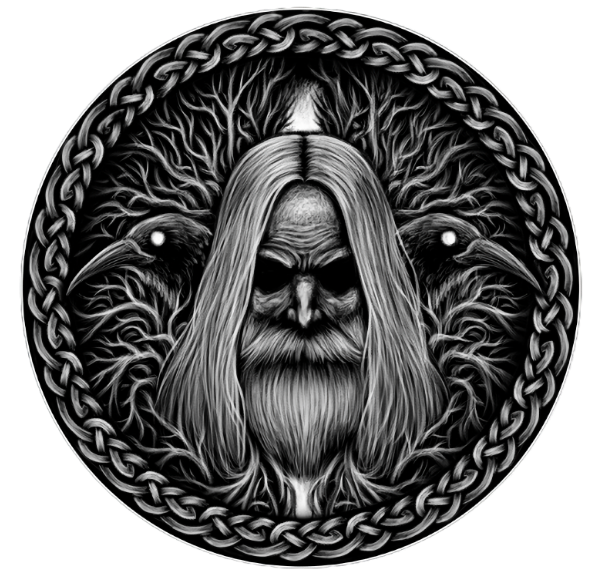
Understanding Lucifer: A Modern Perspective
Share
The Truth Beyond Myths
There are many misunderstandings about Lucifer, just like there are about many religious or mythological figures. These misunderstandings make it hard for people to see the complete picture.
Lucifer doesn't appreciate followers who behave disrespectfully or disgustingly. Instead, Lucifer is often described as an angel of music who values harmony and seeks this quality in humans.
Balance in the Universe
Life is about balance:
- Light needs darkness to be understood
- Shapes need outlines to be seen
- Music needs both tension and relaxation
When Lucifer finds harmony in a person, he respects them. He doesn't want people to "sell their souls" - he simply wants conscious acceptance and respect, which is more important for humans than for him.
A Different View of Lucifer
If you're seeking enlightenment, it helps to understand that everything comes from the same source. Lucifer has as much right to exist as anyone or anything else.
Lucifer is sometimes incorrectly called the "King of Lies," but this is misleading. According to this perspective, Lucifer:
- Values loyalty
- Has a poetic nature
- Respects free will
- Allows people to make their own choices
Lucifer's Role
In this view, Lucifer is like a game master - he manages the game but didn't create it or its rules. He doesn't personally punish people; he simply fulfills his function in a larger system.
If Earth is seen as a kind of prison, then humans are its prisoners, but they don't have to suffer as much once they understand their situation. In some interpretations, Lucifer represents the ultimate challenge that must be faced on the path to enlightenment.
The Nature of Lucifer's Love
This perspective describes Lucifer's love as:
- Intensely passionate yet gentle
- Patient and not seductive
- Seeking unconditional acceptance
According to this view, Lucifer might take different forms to test those who claim to love him, sometimes choosing less attractive appearances to find those who truly accept him unconditionally.
The Beauty and the Beast Connection
This resembles the "Beauty and the Beast" story - Lucifer wants to be loved for who he truly is, not for any beautiful appearance he might show. He might avoid displaying his true form initially to ensure someone is responding to his essence rather than just his image.
Finding Harmony
The text suggests that denying Lucifer's ability to love is like denying creation itself. Everything is capable of love, even stones, in this view.
Rather than simply seeking light, this perspective suggests seeking harmony - understanding both light and dark and all shades in between.
Historical Context
In traditional religious texts, Lucifer (meaning "light-bringer" or "morning star" in Latin) was originally an angel who rebelled against God and was cast out of heaven. In Christianity, he became associated with Satan or the devil.
However, interpretations of Lucifer vary widely across different belief systems and time periods:
- In some occult traditions, Lucifer is viewed as a liberator or bringer of knowledge
- In certain philosophical traditions, he represents human enlightenment and free thinking
- In popular culture, Lucifer has been portrayed in many ways, from a purely evil figure to a complex, misunderstood character (as in the TV show mentioned in the original text)
A Personal Interpretation
The original text presents a personal interpretation of Lucifer that differs significantly from traditional religious views. It portrays him as a necessary part of creation who represents balance and harmony rather than pure evil.
Remember that this is just one perspective among many, and different religious and philosophical traditions have their own understandings of this figure.



